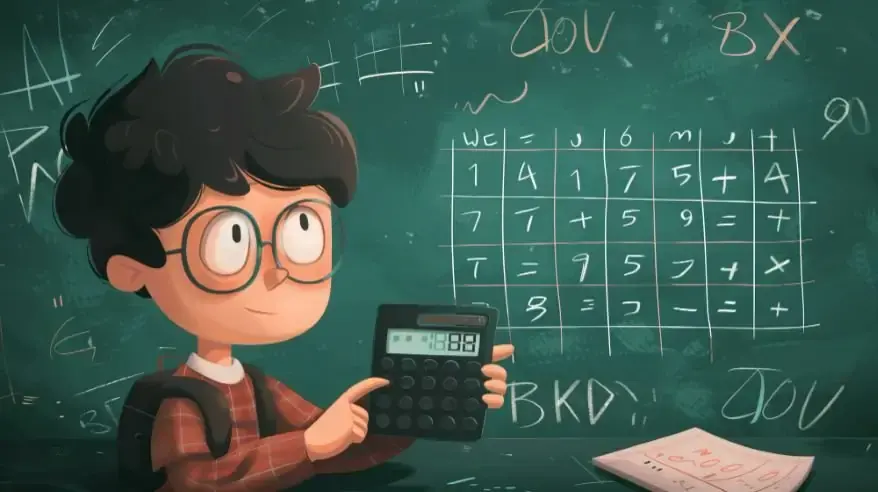Understanding Arithmetic and Geometric Sequences
Estimated reading time: 3 minutes
📊 Sequence Visualizer: Arithmetic & Geometric
Choose a sequence type and explore its behavior!
Math patterns are everywhere. We see them in nature, music, and daily life. Two of the most common patterns are arithmetic sequences and geometric sequences. These are simple yet powerful. Additionally, they help us predict, analyze, and calculate with ease.
Arithmetic sequences have a constant difference between terms. On the other hand, geometric sequences have a constant ratio. Even though both are predictable, they grow in different ways.
But why should students care? Because these sequences appear in interest rates, population growth, and computer algorithms. Moreover, they form the base for many higher-level math concepts. Let’s explore how they work, how to spot them, and how to use their formulas.
How to Identify the Sequence Type

Start by checking the differences:
- If the difference between terms is constant, it’s arithmetic.
- If each term is multiplied by the same number, it’s geometric.
Let’s take a few examples.
- $2,\ 4,\ 6,\ 8,\ 10,\dots$
This is arithmetic. The common difference is 2. - $3,\ 6,\ 12,\ 24,\dots$
This is geometric. The common ratio is 2.
Check the pattern before doing anything else. This saves time and avoids errors.
Key Formulas You Should Know
These formulas help you calculate any term or the total sum quickly.
For arithmetic sequences:
- General term:
\[a_n = a_1 + (n – 1)d\]Here, a is the first term, $d$ is the common difference, and n is the term number. - Sum of first n terms:
\[S_n = \frac{n}{2} \left[ 2a_1 + (n – 1)d \right]\]
For geometric sequences:
- General term:
[\a_n = a_1 \cdot r^{n-1}\] Here, r is the common ratio. - Sum of first nnn terms (when $r \neq 1$):
[\S_n = a_1 \cdot \frac{1 – r^n}{1 – r}\]
These formulas are used in the calculator below. Try a few sequences and check the steps.
Common Mistakes Students Make in Geometric and Arithmetic Sequences
Some learners confuse the two types. They may see a fast-growing arithmetic sequence and call it geometric. Others apply the wrong formula.
Always check the pattern first. Look for the difference or ratio.
Another mistake is miscounting n. Remember, n is the term number, not the value. If you want the 5th term, use n = 5.
Additionally, many forget the brackets in formulas. This leads to wrong answers. Use the formula carefully. Let the calculator show you how.
Real-Life Uses of Geometric and Arithmetic Sequences That Matter
Arithmetic sequences appear in things like:
- Steps in a staircase
- Fixed salaries or allowances
- Timetables and bus schedules
Geometric sequences show up in:
- Compound interest
- Cell division
- Computer memory and binary growth
Understanding these helps you solve real problems. It also builds skills for science, coding, and business.
Conclusion
Arithmetic and geometric sequences are simple but important. Once you understand them, you can apply them anywhere. Use the formulas. Try different sequences. Additionally, learn the logic behind the numbers.
This tool makes it easier. Try it now. Explore how the terms grow. Watch the sums change. Math is clearer when you see it.
Additionally, to stay updated with the latest developments in STEM research, visit ENTECH Online. Basically, this is our digital magazine for science, technology, engineering, and mathematics. Furthermore, at ENTECH Online, you’ll find a wealth of information.
Reference
- Benjamin, A., & Quinn, J. (2022). Proofs That Really Count: The Art of Combinatorial Proof. MAA. https://doi.org/10.1080/00029890.2003.11919959







